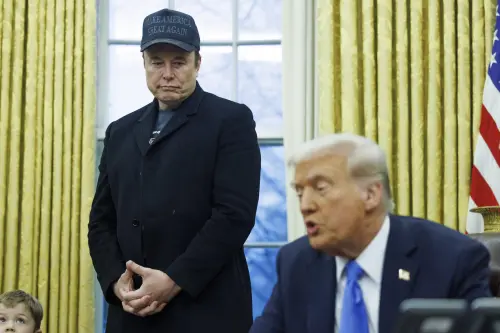Indian Prime Minister Manmohan Singh will be meeting with President Obama in Washington next week to discuss economic and trade cooperation between the United States and India. One of the most critical topics on the table will be immigration reform as it relates to Indian workers in the United States.
Indian immigrants are the third-largest immigrant group in the United States. In 2012, Indians made up the largest proportion (64 percent) of temporary immigrants entering the U.S. on an H-1B visa for highly specialized workers. During the 2011-2012 school year, foreign students from India accounted for 13.1 percent of all foreign students in the U.S. with about 72 percent of them enrolled in science, technology, engineering and mathematics (STEM) degree programs.
With the possibility of enacting immigration reform this fall still up in the air, current legislative proposals concern the Indian government. The Senate and House are divided on whether to continue allowing employers to hire a large proportion of their U.S. workforce on an H-1B or L-1 visa.
While the comprehensive immigration bill passed by the Senate earlier this summer would increase the total annual number of H-1B visas, companies that employ more than 75 percent of their U.S. workforce on H-1B or L-1 visas would be banned from obtaining additional H-1B visas (excluding pending green card applicants) by 2015. The bill contains a sunset clause that would bring this threshold down to 50 percent beginning in 2017.
The senators behind these restrictions, Sens. Chuck Grassley (R-Iowa) and Richard Durbin (D- Ill.), are concerned that H-1B-dependent companies displace qualified Americans from IT industry.U.S. labor groups complain that companies use the H-1B visa program to hire cheaper foreign workers.
Meanwhile, the high-skilled immigration bill introduced by Representative Darrell Issa (R-Calif.) and passed in June by the House Judiciary Committee contains no such restrictions on employers. If the full House eventually votes on and passes the SKILLS Act, the question becomes whether the Senate and House will send President Obama a bill that includes these restrictions.
The Indian government has been especially anxious. Indian IT companies that are popular for providing services to U.S. firms, such as Infosys, Tata Consultancy Services, and Wipro, also have a large business of “insourcing” jobs into the United States. Their U.S. business model relies on hiring workers (who are mostly on H-1B or L-1 visas) to provide technology-related services to American companies. India’s tech industry argues that their IT companies contribute enormously to the U.S. economy and have a hard time filling these jobs from the American talent pool.
American-based IT companies like Accenture, Deloitte, and IBM that are in the same business of providing professional services with a much smaller proportion of their U.S. workforce on an H-1B or L-1 visa stand to benefit from the Senate restrictions. An unintended consequence of the Senate bill could be stifled competition for these IT-staffing services. American-based IT companies could charge higher fees for these client services and Indian IT companies with visa restrictions would be less competitive.
As the immigration reform debate continues in Congress and among the American people, it remains to be seen whether H-1B visas will be a sticking point in next week’s U.S.-India talks.
The Brookings Institution is committed to quality, independence, and impact.
We are supported by a diverse array of funders. In line with our values and policies, each Brookings publication represents the sole views of its author(s).



Commentary
H-1B Visas and Immigration Reform: A Sticking Point in the U.S.-India Relationship
September 18, 2013